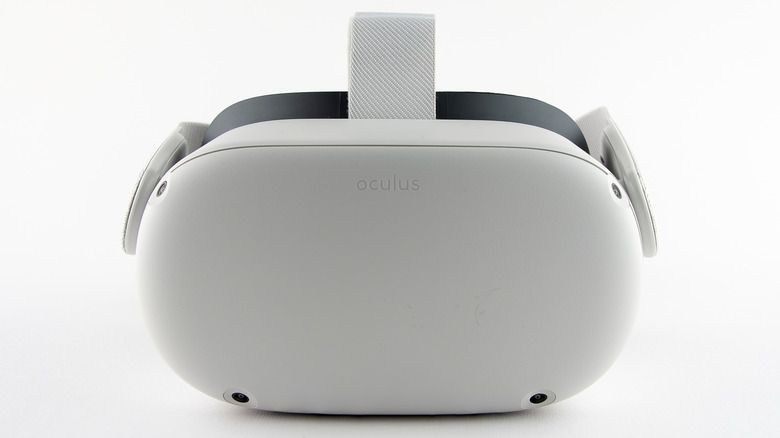Meta, before Facebook, named himself after the next big effort to dominate the world of social networks: Metaverse. The company is no stranger to the virtual world, especially after purchasing VR Pioneer Oculus, but needs to improve the game to truly provide the resulting hype. Among other things, Meta needs deep diving into the AR region where physical reality and digital artifacts blend together. To do that, Meta requires a new mixed reality headset that supports VR and AR use cases, and that’s what might arrive around this year. If the latest leakage of the Meta Cambria project is any indicator, the product can certainly change the game in performance and design.
It’s almost funny how fast Meta makes U-turns after positioning Oculus Quest 2 as the best way to experience the virtual world. Mandiri headsets offer more freedom of moves than their predecessors that are moored such as cracks and arrive with a price label that makes VR more accessible for everyone. Immediately after, Meta basically threw away the Oculus branding for something that has not been disclosed and it takes a few steps in a different direction, which will enable virtual reality and augmented reality experience.
Although both technology rotates around virtual objects, VR and AR works in a slightly different way, even though both are still in accordance with the metaverse narrative. In order for AR to be truly convincing, it must allow digital objects to overlay above (or behind) the real world objects are almost smooth – and for that happen, you will need a better sensor and a better look, certainly far more than Just for what is currently offered by the Headset Quest 2.
Project Cambria details leak
There is still no word about what a new product will be called, although speculation has a headset can be dubbed Quest 2 Pro or Quest 3. For now, anticipated device is known by the internal name “Cambria project,” and Brad Lynch industry analyst has several images for Shared like what the final design will look like that.
Regardless of what should be put in, the headset appears more enhanced than the oculus model released so far. For example, the image shows a lack of uncomfortable rope that runs on the head of the user, and the visor itself is very slender than the search 2. This is possible, unfortunately, showing a headset processing hardware will be placed elsewhere.
Part of space savings may come from the use of multi-element lenses “pancakes” instead of typical Fresnel type. The screen is also rumored to be enhanced to the dual 2.48 inch panel, 2160 × 2160 mini LED. Render also shows the carical signs of the camera facing outside, which is expected to allow high-resolution passthrough compared to rather rough versions on search 2. Headsets should support not only head tracking but also eye tracking that can be used to identify expressions.

